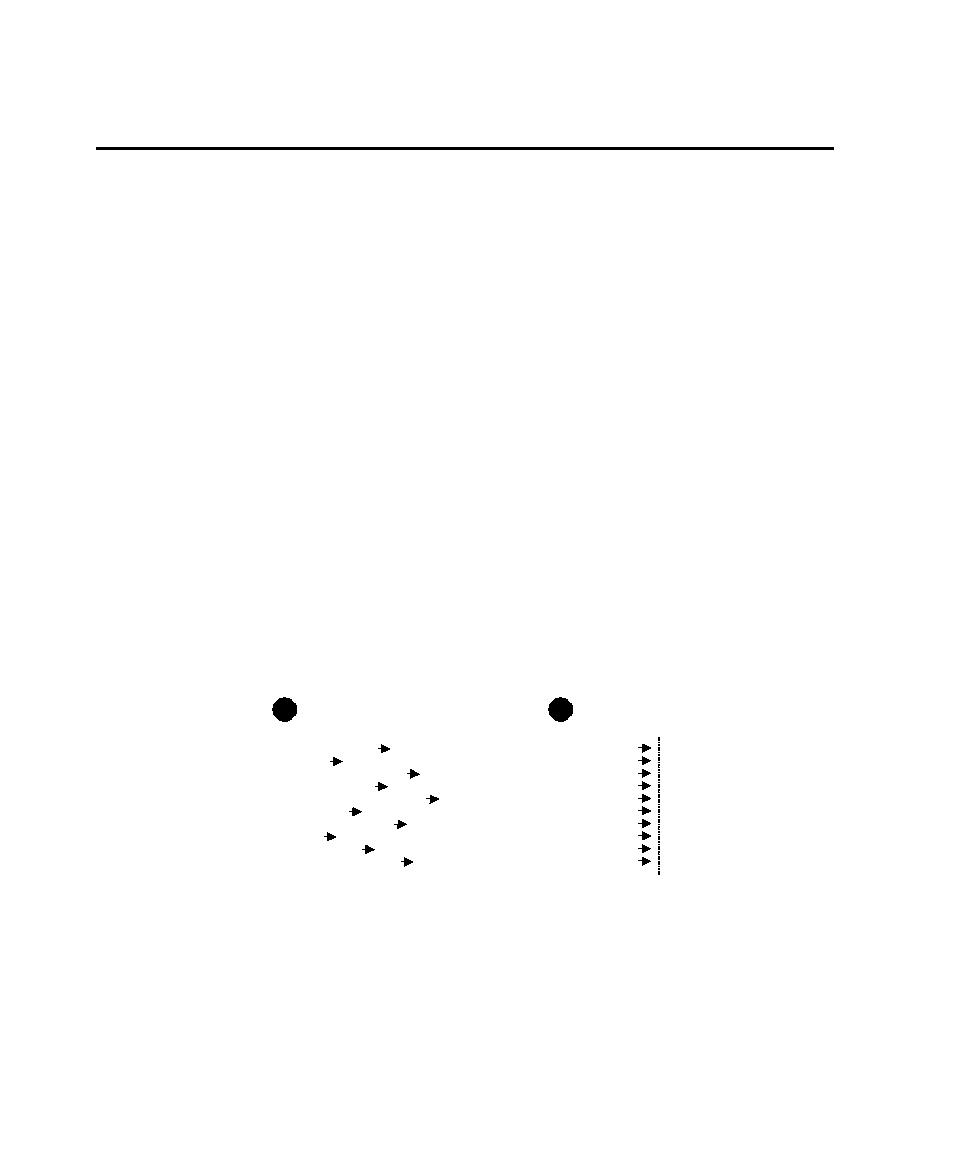
How Synchronization Points Work
Adding Features to Scripts
8-8
Synchronization Points
A synchronization point lets you coordinate the activities of a number of virtual
testers by pausing the execution of each tester at a particular point--the
synchronization point--until one of the following events occurs:
¾
All virtual testers associated with the synchronization point arrive at the
synchronization point.
¾
A time-out period is reached before all virtual testers arrive at the
synchronization point. You specify the time-out period in the TestManager
Synchronization Point dialog box.
¾
You manually release the virtual testers while monitoring a suite run in
TestManager.
When one of the above events occurs, TestManager releases the virtual testers,
allowing them to continue performing the transaction.
How Synchronization Points Work
At the start of a test, all virtual testers begin executing their assigned scripts. They
continue to run until they reach the synchronization point. In a script, a
synchronization point is the command sync_point (VU script) or
SQASyncPointWait (SQABasic script). In a suite, a synchronization point is a time
specified in the suite.
The following figure illustrates a synchronization point in a script:
The virtual testers pause at the synchronization point until TestManager releases
them. Typically, TestManager releases synchronized virtual testers when they all
arrive at the synchronization point.
Virtual testers
running
simultaneously
Virtual testers reach the
synchronization point
1
2
sync_point
